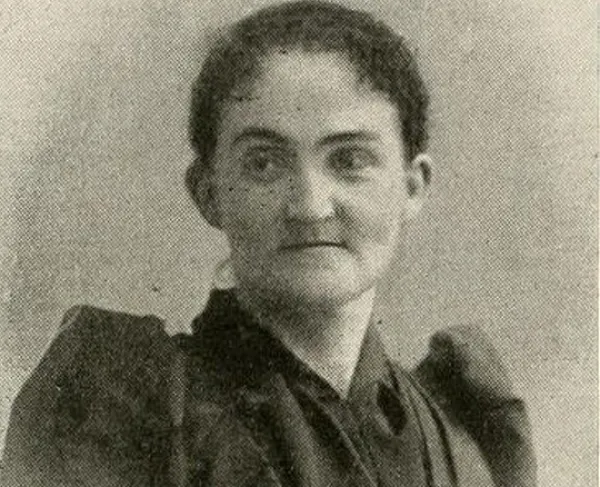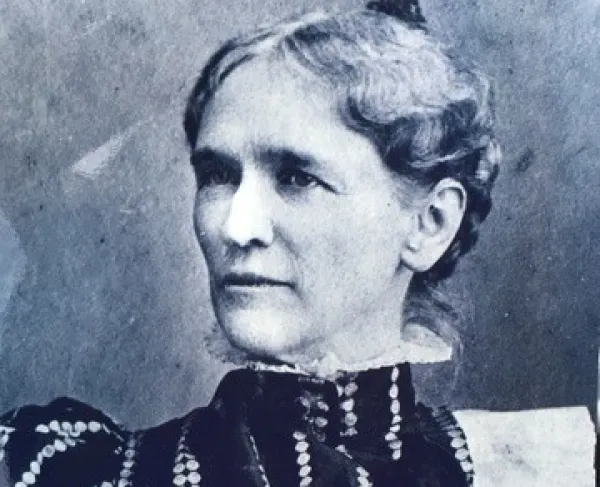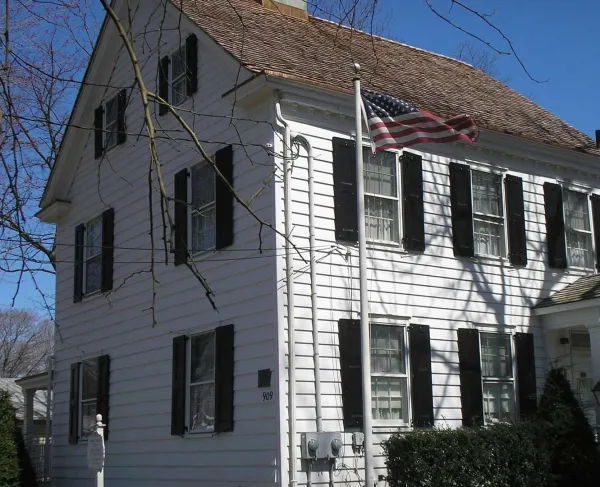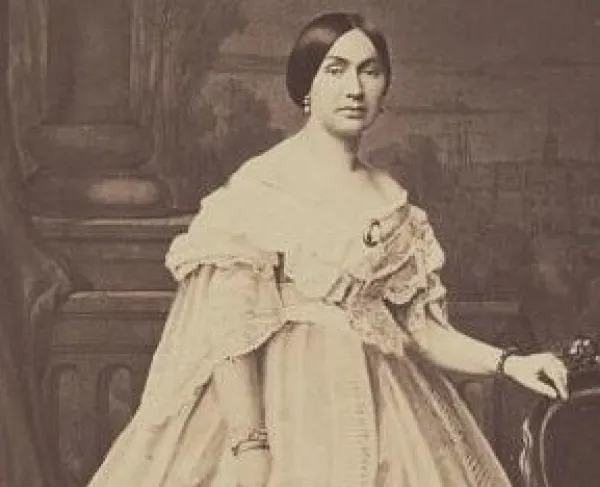Mildred Lewis Rutherford

Mildred Lewis Rutherford was born into a wealthy family in Athens, Georgia, on July 16, 1851. From an early age, she was shaped by pro-Southern and Confederate forces. Her family consisted of Georgia’s slave-owning elite. Her father Williams and maternal uncles Howell and Thomas Cobb were influential in Confederate politics once the state seceded and went on to be generals in the Confederate army. Her mother Laura founded the Athens Volunteer Aid Society to aid soldiers. After the war, this organization would transform become a Ladies Memorial Society dedicated to the remembrance of fallen Confederates and the cause they served. The rest of her family also escaped the war relatively unscathed, Athens being out of the way of Union General William T. Sherman’s march through Georgia, although Thomas was killed at the Battle of Fredericksburg.
Rutherford attended the Lucy Cobb Institute, a prestigious finishing school for girls in Athens, graduating in 1868. She then taught history and literature in Atlanta, but returned to Athens in 1880 to become principal of her alma mater.
Most of Rutherford’s life was dedicated to the propagation of the Lost Cause, which strives to rewrite the history of the Civil War from the Southern perspective, arguing that states’ rights was the cause of the war, slavery was a positive good, and secession was lawful. She gave many speeches in defense of the Cause, often dressed as a Southern belle while she did so. One of her speeches was the first speech by a woman to be recorded in the Congressional Record. From 1899 to 1902 she served as president of the Georgia division of the United Daughters of the Confederacy, an auxiliary organization of women dedicated to the memorialization of the Southern cause. She was the Historian General of the national organization from 1911 to 1916. She also served as vice president of the Stone Mountain monument project, working for the completion of the etching of Confederate generals Robert E. Lee and Thomas J. “Stonewall” Jackson, along with President Jefferson Davis, onto the side of a giant rock.
Rutherford was most successful in spreading the Lost Cause through school textbooks. In 1919, the UDC, along with the United Confederate Veterans and the Sons of the Confederate Veterans united to create a committee to spread the Lost Cause narrative through textbooks. The committee was dubbed the Rutherford Committee due to her overwhelming influence. The committee published A Measuring Rod to Test Text Books, and Reference Books in Schools, Colleges, and Libraries, which was used by Southerners to measure whether a textbook properly promulgated the Lost Cause. In 1920, the Truths of History was published by the committee, though primarily authored by Rutherford herself. This book expanded upon Measuring Rod’s tenets and went further to call out textbooks that didn’t properly represent the Lost Cause; it was essentially a blacklist. These two texts would impact public education, especially in the South, for many decades to come.
Rutherford also actively worked against women’s suffrage and the 19th Amendment. She believed suffrage undermined women’s traditional roles in the private sphere, although she herself undermined these expectations by being a public speaker and unmarried.
In 1927, while recovering from a serious illness, her house burned down, destroying many of her personal papers and belongings, along with her collection of Confederate memorabilia. She passed away the next year, on August 15, 1928.





